Bengaluru Mulls Imposing Congestion Tax, Can Congestion Tax Ease Bengaluru And Other Cities Traffic Woes, Which Countries In The World Have Imposed Congestion Tax?

Bengaluru recently experienced severe traffic congestion, with vehicles stuck on the roads for hours, leading to numerous breakdowns; the Outer Ring Road (ORR) area of the city was particularly affected, with some individuals reporting being stuck for over five hours.
This traffic surge occurred shortly after a Bengaluru bandh (strike) called by the ‘Karnataka Jala Samrakshana Samiti,’ an alliance of farmers and Kannada organizations, to protest against the release of Cauvery river water to Tamil Nadu.
While various factors contributed to the traffic woes in Bengaluru, such as the cancellation of comedian Trevor Noah’s shows in the Outer Ring Road area, which led to increased vehicular traffic, the long weekend prompted many employees to take leave on Friday, leading to a higher volume of vehicles leaving the city for vacations and rainfall that resulted in waterlogging on interior roads, as well as multiple vehicle breakdowns, worsened the traffic situation.

Furthermore, Ganesh Visarjan processions in various parts of the city added to the road congestion; however, despite all the factors that can be attributed to resulting in the massive traffic jams resulting in over five hours or more for some behind the wheels, this is not an isolated incident rather a recurring phenomenon.
A committee of experts, in collaboration with the Karnataka government, has put forth the idea of introducing a congestion tax in Bengaluru to address the growing traffic challenges in the city.
A report titled “Karnataka’s Decade – Roadmap to a $1 Trillion Economy” recommends imposing a congestion charge on all non-exempt vehicles entering the city during peak hours.
The primary goal is to improve travel times for buses, cars, and delivery vehicles, while also fostering awareness among commuters about their impact on traffic congestion during rush hours, according to the report.
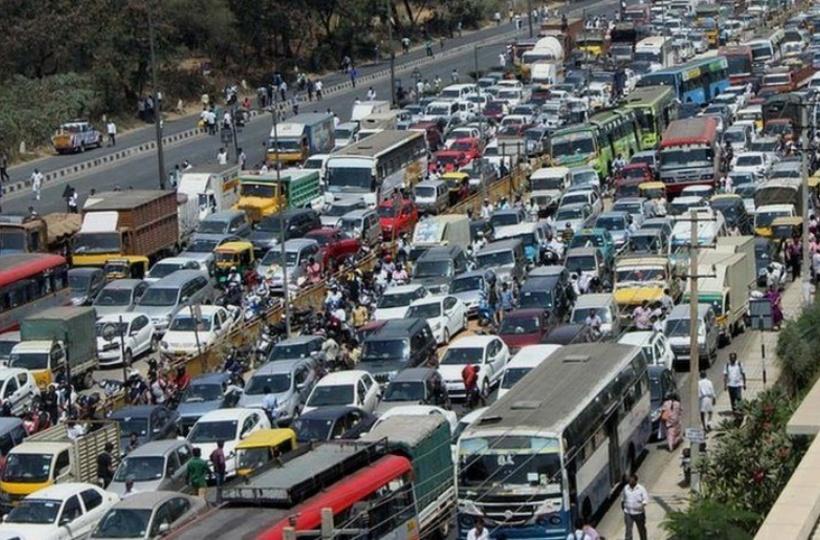
The nine potential entry points for the congestion tax are as follows:
- Bellari Road
- Tumkuru Road
- Magadi Road
- Mysore Road
- Kanakapura Road
- Bannerghatta Road
- Hosur Road
- Old Madras Road
- Old Airport Road
Given the estimated 12 million vehicles entering Bengaluru on a daily basis, the introduction of a congestion charge could potentially generate substantial revenue for the city, the revenue could then be reinvested into enhancing the city’s transportation infrastructure.
Authorities are considering the utilization of the FASTag system, which has been operational in Bengaluru since 2021, for collecting congestion charges. This approach ensures a seamless and convenient process for commuters, increasing the likelihood of the scheme’s acceptance and success.
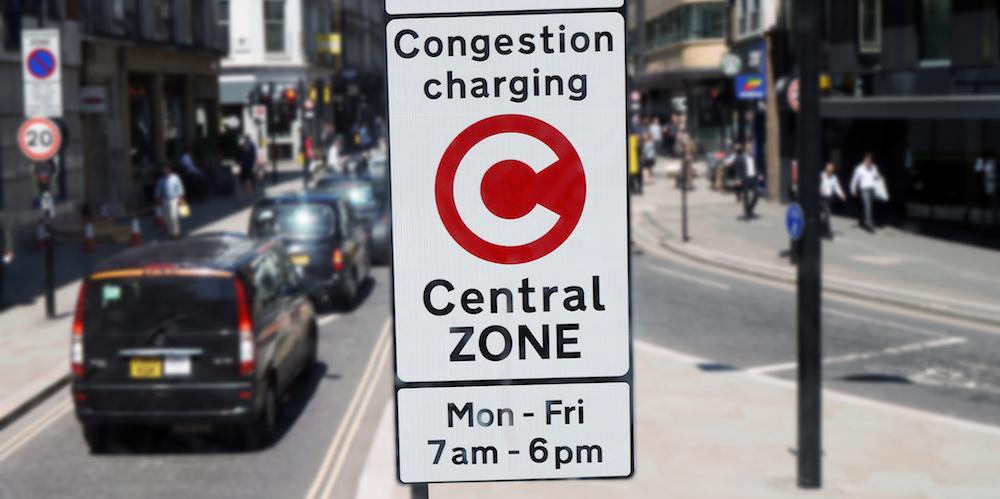
Taking Lessons From Singapore’s Pioneering Role in Congestion Pricing
In 1975, Singapore became the world’s first city to implement congestion pricing; the motivation behind this early adoption was rapid economic growth, leading to increased car ownership and escalating traffic congestion in the city’s central areas.
Hence, Singapore introduced an area licensing scheme, requiring drivers to display pre-purchased licenses on their vehicles to access downtown roads. Although the initial reduction in traffic was more significant than expected, this novel approach proved effective, prompting Singaporean authorities to continue with congestion pricing.
The Certificate of Entitlement (CoE) Scheme
In 1990, recognizing the limitations of high fees in deterring car purchases, Singapore introduced the Certificate of Entitlement (CoE) scheme.
This policy aimed to ensure that the number of cars didn’t outstrip the growth of the road network; a vehicle quota policy was instituted, capping the maximum number of car licenses and Certificates of Entitlement, representing the license to own a car are auctioned to individuals based on this quota.
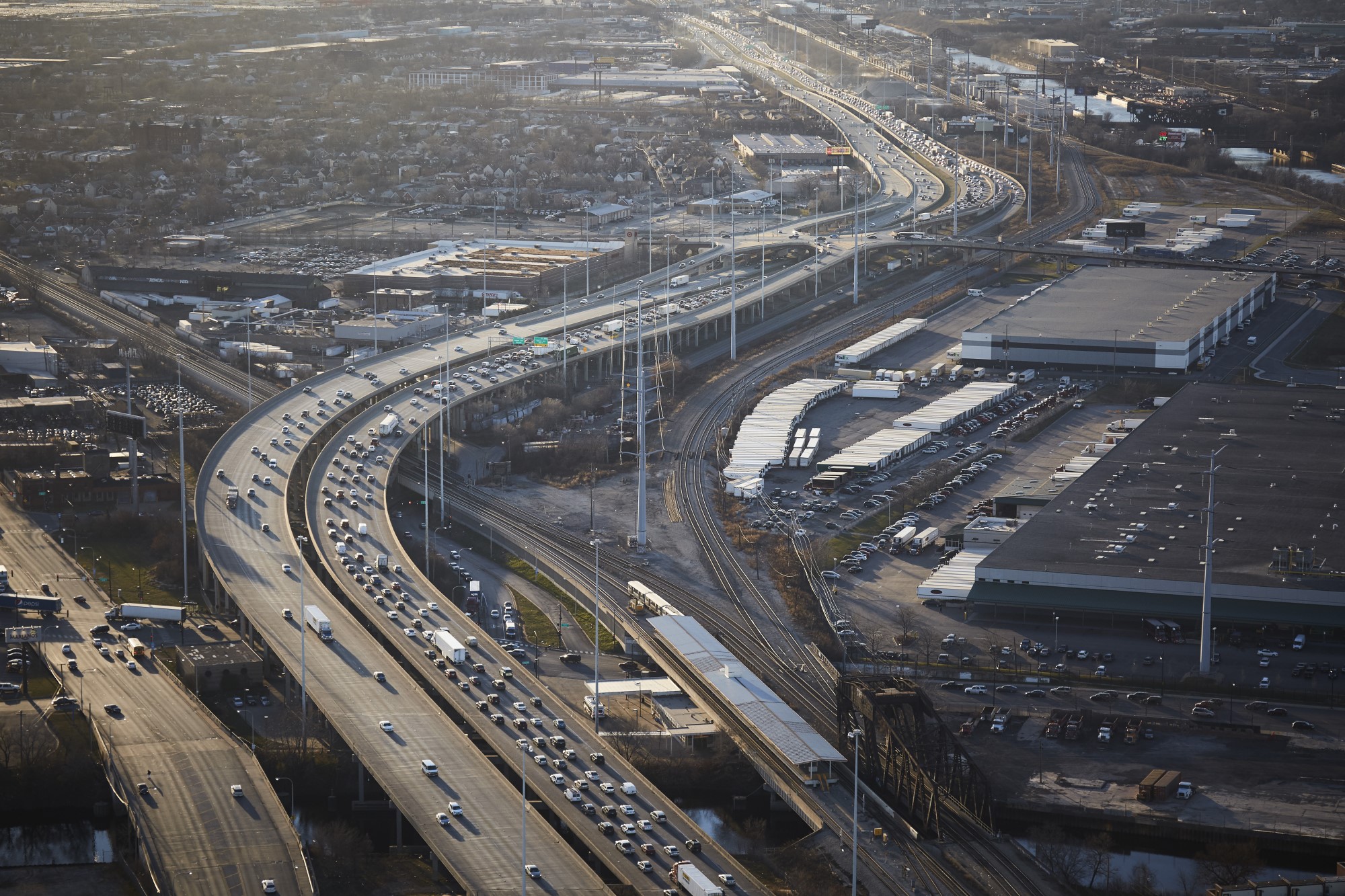
Island Constraints and Demand-Side Management
Bengaluru, like Singapore, faces constraints related to limited space and the inability to expand its road network indefinitely.
The city could not continually build more roads to alleviate traffic; therefore, the country recognized the importance of public transport as the primary mode of commuting due to space constraints. This forward-looking approach was part of the city’s master planning even before gaining independence in 1965.
Bengaluru, has a unique opportunity to learn from Singapore’s experience and consider demand-side management policies to alleviate traffic congestion.
By recognizing the importance of public transport due to space constraints, Bengaluru can explore congestion pricing as part of its master plan for urban mobility, but of course, the government’s role will play a significant factor here!
Effective Governance and Political Support
Singapore’s governance structure, characterized by a lack of organized political opposition, allows for efficient policy implementation; however, this doesn’t mean the government can ignore political concerns.
Each transportation policy change in Singapore has been accompanied by efforts to make it politically acceptable; for example, when the area licensing scheme was introduced, investments in special bus services were made to mitigate its impact on the public and demonstrate that the intent was not revenue generation but traffic management.

Satellite-Based Congestion Charging
Bengaluru could consider adopting Singapore’s approach to congestion pricing by exploring satellite-based congestion charging.
This technology is flexible, adaptable to local traffic conditions, and less reliant on physical infrastructure; it offers the potential for dynamic congestion pricing, enabling Bengaluru to manage traffic effectively.
This approach could even serve as an alternative to fuel taxes or annual road taxes.
Enforcement and Challenges
Enforcing congestion pricing can be challenging, but the technology required is mature and readily available.
The key challenge lies in ensuring that individuals who do not pay their congestion fees are held accountable; Bengaluru can take inspiration from Singapore, which effectively uses automatic number plate recognition systems for traffic management and enforcement.
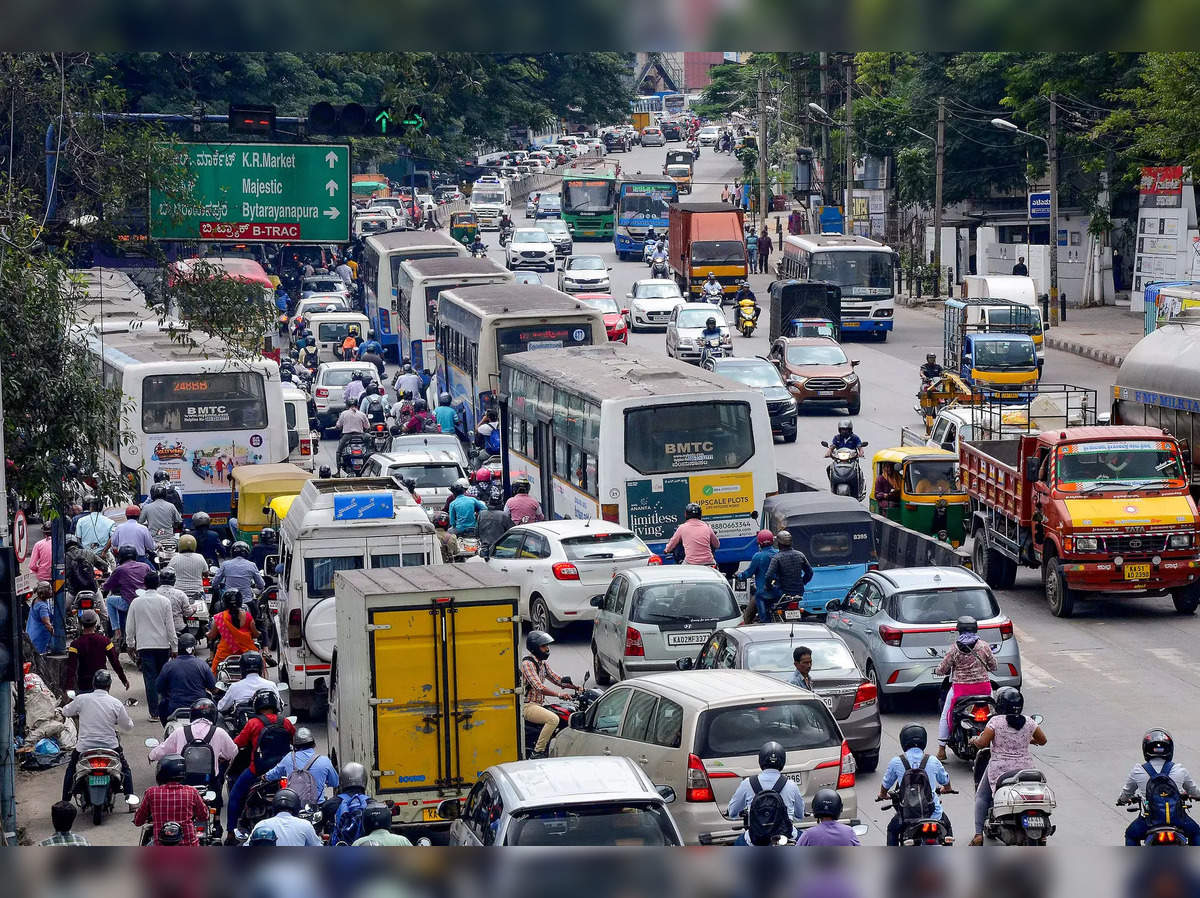
Potential for Bengaluru
The recent recommendation for congestion pricing in Bengaluru is well-timed, as the city is not yet at a stage where car ownership is ubiquitous.
This presents an opportunity to consider congestion pricing policies that improve road conditions for non-car owners by ensuring tangible benefits for non-car owners, such as improved public transport, which is crucial for the successful implementation of congestion pricing in Bengaluru.
Improving Public Transport
Before implementing congestion pricing, Bengaluru must focus on enhancing public transport.
Congestion pricing should come hand-in-hand with investments in public transportation, ensuring that it becomes an efficient and viable option for all residents.
A well-improved public transport system can make car ownership a choice rather than a necessity, benefiting the lower and middle-income population in Bengaluru.
Variable Parking Fees
Rationalizing parking charges can complement congestion pricing efforts in Bengaluru.
Many cities offer relatively cheap parking, often failing to reflect the actual value of the land occupied by parked cars; Bengaluru can consider adjusting parking fees and repurposing parking spaces for pedestrian paths to encourage alternative modes of transport.
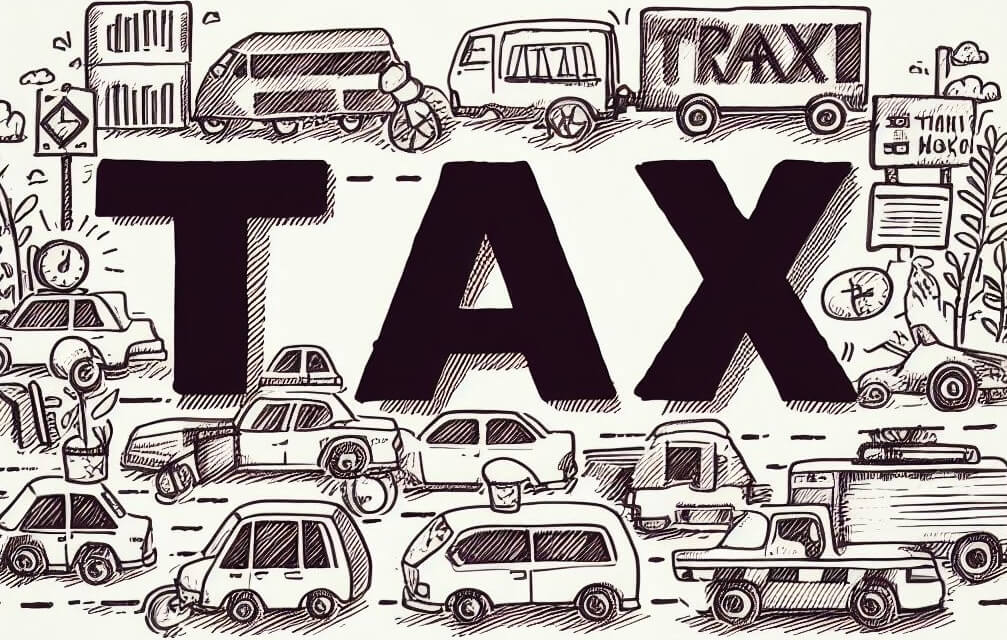
Addressing Equity Concerns
The concern that congestion pricing disproportionately favors the wealthy is valid.
However, such policies can generate revenue that can be reinvested in public transport infrastructure to benefit lower and middle-income individuals.
Bengaluru can demonstrate that congestion pricing policies result in tangible improvements for non-car owners and that the wealthy are contributing to easing traffic congestion.
Congestion pricing, also known as congestion taxes or charges, has been introduced in several cities around the world as a means to reduce traffic congestion and promote sustainable urban transportation.
Here are some cities known for implementing congestion taxes:
- London, United Kingdom: London introduced the Congestion Charge in 2003, which requires a fee for driving in certain central areas during peak hours.
- Stockholm, Sweden: Stockholm implemented a congestion tax in 2006, charging vehicles for entering the city during specific hours.
- Singapore: Singapore has used various congestion pricing schemes since the 1970s, including the Area Licensing Scheme and the Electronic Road Pricing system.
- Gothenburg, Sweden: Similar to Stockholm, Gothenburg introduced a congestion tax iMilann 2013.
- Milan, Italy: Milan’s Ecopass program, which began in 2008, charges vehicles that enter the city center based on their emissions.
- Oslo, Norway: Oslo implemented a congestion tax in 1990 and later expanded it to reduce traffic congestion and promote public transportation.
- Durham, United Kingdom: Durham introduced the UK’s first congestion charge outside of London in 2002.
- Tallinn, Estonia: Tallinn implemented a congestion tax system in 2013, making it the first European capital to charge vehicles for entering the city center.
- Bergen, Norway: Bergen introduced a congestion charge in 2017 as part of efforts to address traffic congestion and improve air quality.
- Göteborg, Sweden: In addition to Stockholm, Gothenburg also implemented a congestion tax to reduce traffic congestion.
These cities have embraced congestion pricing as a means to alleviate traffic problems, reduce emissions, and encourage the use of public transportation.
Other cities are considering or planning to introduce congestion pricing in the future as they grapple with growing urbanization and traffic challenges.
The Last Bit, Bengaluru’s struggle with traffic congestion calls for innovative solutions, and Singapore’s experience with congestion pricing provides valuable insights.
While the challenges are significant, the timing is opportune for Indian cities to explore congestion pricing as part of a broader strategy to enhance public transport and ease road congestion.
With the right approach, Bengaluru can successfully implement congestion pricing, enhancing public transport and making car ownership a choice rather than a necessity. By addressing equity concerns and improving public transport, Bengaluru can pave the way for more sustainable urban mobility solutions.




